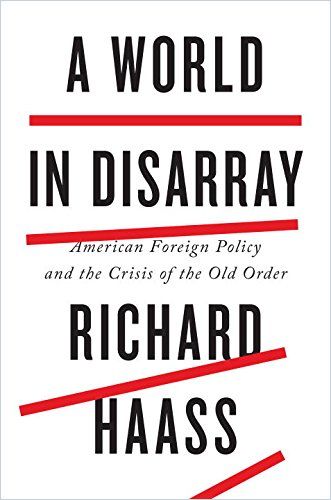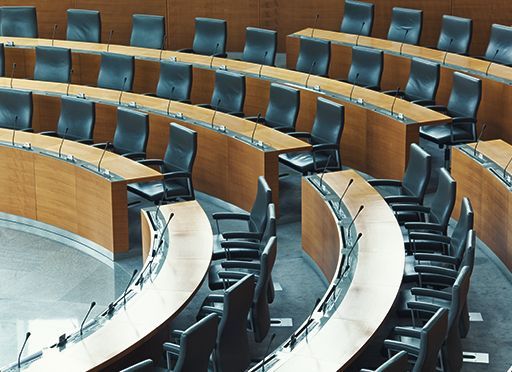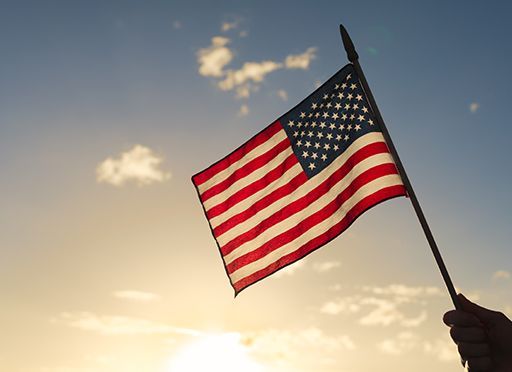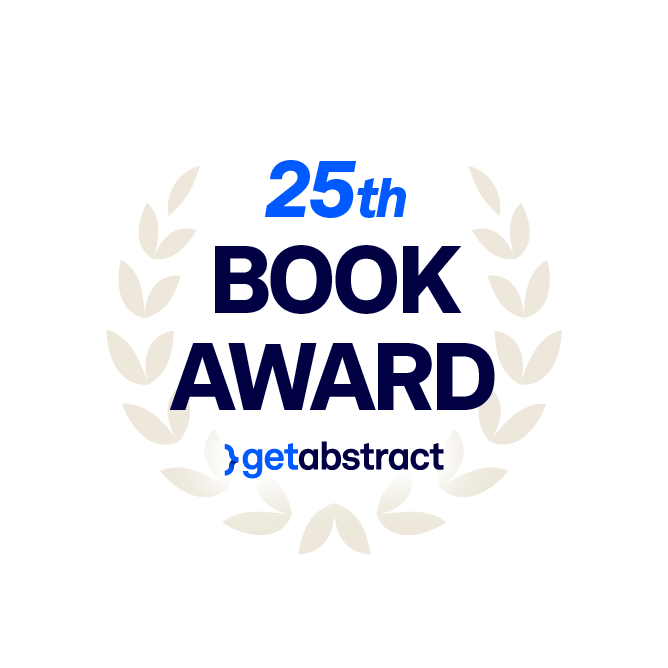President of the Council on Foreign Relations and global political veteran Richard Haass offers an overview of current world politics and warns of destabilizing forces.

World Order 2.0
President of the Council on Foreign Relations Richard Haass served as a senior Middle East adviser to President George H.W. Bush and as a director under Secretary of State Colin Powell. He analyzes the current chaotic global order – in which the old rules of engagement and diplomacy no longer apply – and details a geopolitical world gone adrift.
The New York Times called this “a valuable primer on foreign policy…that concerned citizens of all political persuasions — not to mention the president and his advisers – could benefit from reading.” Robert M. Gates, the former secretary of defense under presidents George W. Bush and Barack Obama, believes Haass’s book is “a must-read for the new American president and all who are concerned by the state of the world and the prospect of things getting worse.”
Utopian Predictions
Haass relates how, starting in the late 1990s, after the world’s major powers were no longer sworn enemies, many people began moving from poverty into the middle class and living longer, healthier lives. But he holds that surprise wins for Brexit and Donald Trump reveal a new direction in international relations. Haass believes that if World Order, Inc. were a stock, its value would have dropped 10% to 20% in recent years.
History is always much more than just the narrative of consensus; it is also at least as much a narrative of disagreement and friction.Richard Haass
In this analysis that predates the COVID-19 pandemic, he deftly catalogs the destabilizing effects of war in Syria; the chaos in Iraq, Yemen and Libya; threats from Iran and North Korea; Russia’s invasion of Ukraine; the United Kingdom leaving the European Union; China’s slowed growth; and developed nations’ stubborn unemployment and mounting bills for public pensions and health care.
World Order 1.0
Haass finds that the shambles of World War I produced a global order that lasted for decades. He defines a world political order as the conditions in which states are safe from aggression and military force, and nations do what they want within their own borders and tolerate other countries’ sovereignty.
The 20th-century structure that Haass details rested on the standoff between the United States and an undemocratic adversary that opposed open markets. The Cold War never devolved into a hot war because both the United States and the Soviet Union had nuclear weapons that assured mutual destruction.
Haass discusses a parallel order that developed regarding economic development and free trade. Prosperity was a worthy goal and a shrewd strategy: The author points out that first the European Community and then the European Union and other alliances led the global economy to quintuple between 1950 and 1990, while trade volume soared from $125 billion in 1950 to $7 trillion in 1990.
Haass recognizes that in a postcolonial world, many newly independent states could not self-govern, and so fresh worries about nonstate actors and globalization arose. He regards globalization as an undermining force that generates political backlash, populism, and US and European extremism.
World Order 2.0
Haass celebrates that the United States, China, Russia, Japan, Europe and India typically avoid serious disputes. Strong trading ties and similar political and economic systems unite America, Europe and Japan.
He adds that the economic fates of China and America are strongly tied. Haass cautions that if China stopped buying US debt, the Federal Reserve would have to boost interest rates – and the value of China’s US-dollar holdings would drop.
China and Russia need to know that the United States has both the will and the ability to respond locally to anything they might do.Richard Haass
Haass understates when he says the relationship between Washington, DC, and Moscow is fraught. He argues that the United States did not sufficiently help Russia shift from communism to capitalism, and he cites Russia’s military interventions in Syria and Ukraine.
The Thucydides Trap
Haass engagingly recounts how the ancient Greek historian Thucydides wrote of the inevitability of conflict among major powers. If this fate – the Thucydides trap – is the natural order, then the United States, China and Russia should apply their might to avoid escalating conflicts. He maintains that America can manage relations with China and Russia because neither ideological zeal nor desire for world domination motivates either country. Haass perceives Russia’s incursion into Ukraine and China’s bullying in the South China Sea as unfortunate events but not deal breakers.
It will not be business as usual in a world in disarray; as a result, it cannot be foreign policy as usual.Richard Haass
He finds a shrinking world to be a central reality of World Order 2.0. Viruses, emails, cash or carbon emissions from one country’s sovereign territory today leak into another’s. He urges readers to understand that an event in one country can affect everyone worldwide.
Continuing this theme, Haass explains that North Korea and Iran engaged in long-term programs to build nuclear weapons, which the United States and other countries deem unacceptable. Haass asks: Should the United States attack rogue nations? A preventive assault, he believes, would gain little support. Yet he maintains that if Russia or China thought a US attack likely, they might coerce Iran and North Korea into standing down.
Unsatisfying
Haass’s portrayal of the past and the present feel spot-on, but his prescriptions for the future prove unsatisfying and at times wishy-washy. To Haass’s credit, the problems he addresses aren’t straightforward – and simple, tough-talk solutions won’t solve them. A life-long diplomat, he writes in a diplomat-speak that must first cover every contextual aspect of an issue before addressing its core. Given that most readers of fairly sophisticated geopolitical analysis likely have a grounding in the subject, this authorial tic grows irksome. Haass does not write for rapid reading and can dwell on details that seem unnecessary.
But engaged readers will measure those stylistic shortcomings against the fact that Haass has been a participant on the world stage for decades and knows whereof he writes. Moreover, he has no ideological axes to grind; both ends of the political spectrum and everyone in between will welcome his insights.
Related readings include Haass’s The World: A Brief Introduction and his Foreign Policy Begins at Home, as well as The Leadership Bookshelf by James Stavridis and R. Manning Ancell.







